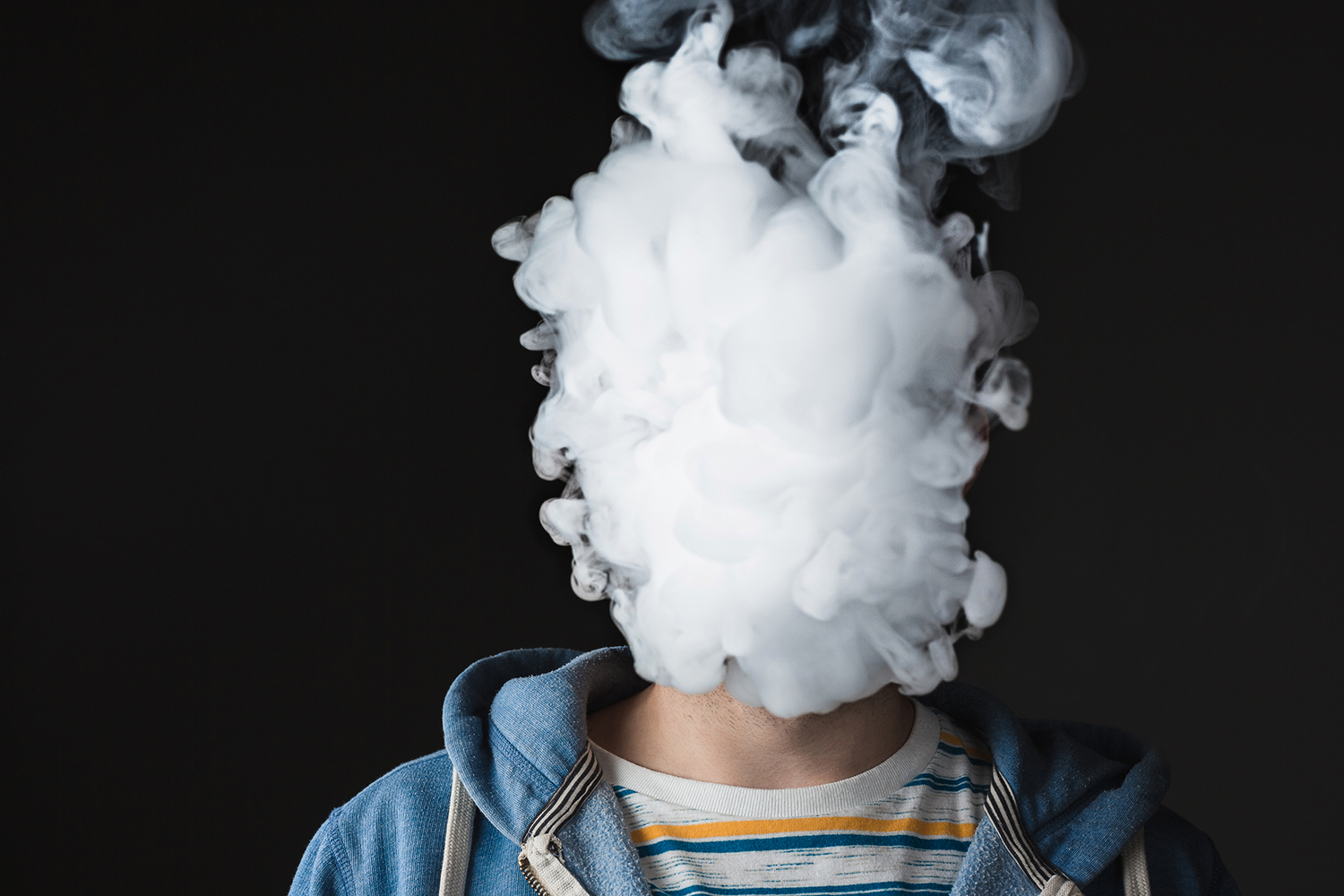For more than a decade, vaping, or the use of electronic cigarettes and other similar hand-held devices, was presented to the public as a safer alternative to smoking. These devices heat and vaporize liquids for inhalation and can contain a number of products—nicotine and THC being the most common.
Lung Injuries Associated with Vape Products
In June 2019, the Centers for Disease Control and Prevention (CDC) reported an outbreak of e-cigarette, or vaping, product use-associated lung injury (EVALI).
Thousands of EVALI victims suffered the life-threatening condition of acute respiratory distress syndrome, characterized by a buildup of fluid in the lungs that prevents oxygen from circulating in the bloodstream.
It appears that while there have been a handful of EVALI cases since 2017, 2019 saw a severe uptick, with the majority of cases reported in September 2019.
As of December 27, 2019, the CDC reported a total of 2,561 hospitalizations from all 50 states, the District of Columbia, Puerto Rico, and the Virgin Islands, as well as 55 deaths. Despite a decreasing number of hospitalizations for EVALI after the September peak, numbers have not returned to the low numbers pre-outbreak.
Dangers Ingredients in Vape Products
-
Vitamin E Acetate as a Thickening Agent
In November of 2019, CDC officials reported that EVALI was linked to vitamin E acetate, which is often used as a thickening agent to adjust THC levels in black market marijuana vape products. Commonly present in many foods and face creams, vitamin E acetate is benign when ingested or applied topically, but research has pointed towards the dangers of inhaling the substance, as in vaping, because it interferes with the lung’s normal functioning.
-
Nicotine, an Additive Substance
Nicotine, an addictive chemical found in the leaves of tobacco, elevates the heart rate and has been linked to impaired cognitive development in adolescents. For an adult weighing 150 pounds, 50 to 60 milligrams of nicotine is deadly; less will poison children and smaller adults.
Adverse cardiovascular effects, damage to brain development, and highly addictive properties raise the stakes for teens and young adults. “Nicotine-free” products aren’t safe either; some such products have been found to contain nicotine despite labeling.
Nearly all vaping liquids contain nicotine, some offering less per puff than cigarettes, but most containing more. One cartridge of electronic cigarette liquid typically contains the same nicotine as a pack of cigarettes. Not only is more of the chemical available, but vaping liquid can be consumed at a faster rate than cigarettes, making it possible to get more of the addictive substance into the body in less time. Some vaping liquids can result in nicotine overdoses and even death if ingested or dripped onto the skin accidentally.
-
Diacetyl and Other Flavor Enhancers
In addition to nicotine, vape liquids contain flavor enhancers. The most appealing of these flavors (which come in varieties that range from cinnamon roll to pink lemonade) often contain diacetyl, a chemical known to cause lung irritation and asthma-like diseases. Dr. Niket Sonpal of Touro College of Osteopathic Medicine notes that although vape liquid flavors are made to sound alluring, “these are toxic chemicals that are linked to causing cancer and other chronic diseases.”
-
Propylene Glycol and Formaldehyde
Generally, vaping liquids also contain propylene glycol. Propylene glycol, when heated, undergoes a change that produces formaldehyde, a chemical commonly found in building materials and household cleaners. A 2018 study found that vaping produces formaldehyde at levels above US Occupational Safety and Health Administration (OSHA) workplace limits.
Vaping Prevalence Among the Young
Recent studies found that 28 percent of high school seniors reported vaping in 2017; that number jumped to 37 percent in 2018.
Although law prohibits the sale of these devices to anyone under 21, and some states that age is 18, teens and young adults are circumventing these obstacles and getting hooked on both nicotine and THC products.
Despite rhetoric around vaping as a safer alternative to smoking and possible method for smokers to quit, appealing flavors of vape liquids and targeted marketing from vape companies are drawing in more and more young people. Not only does this have a direct effect on this population’s health, but teens who vape are also more likely to take up smoking.





